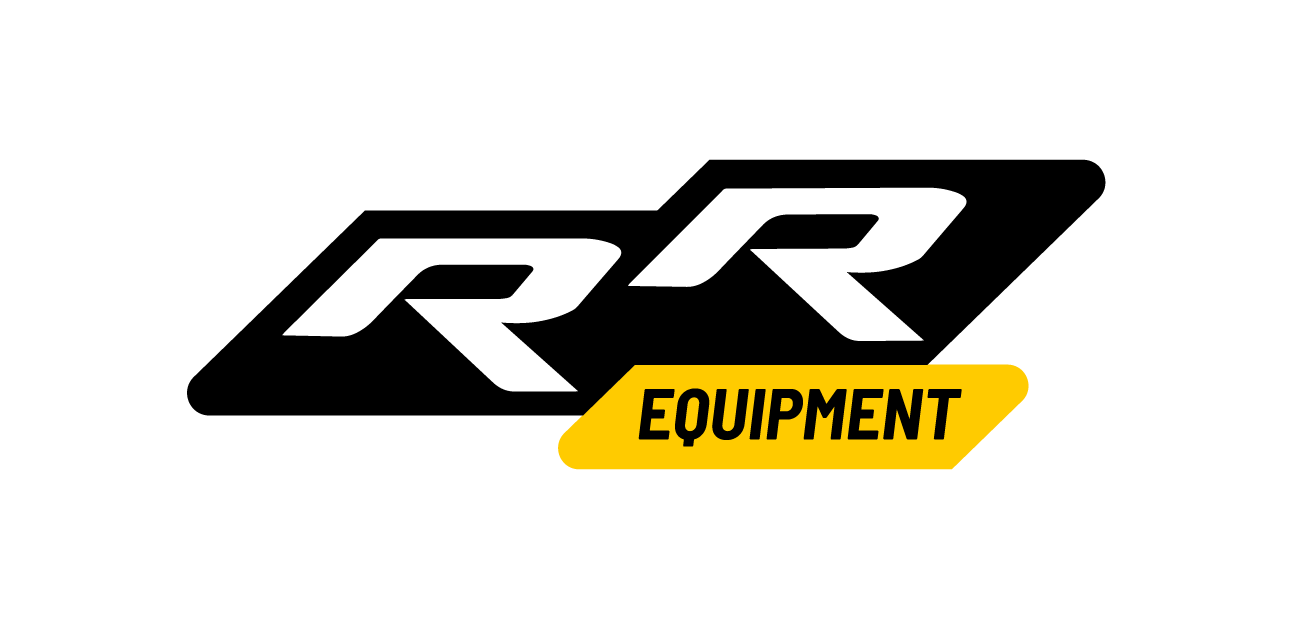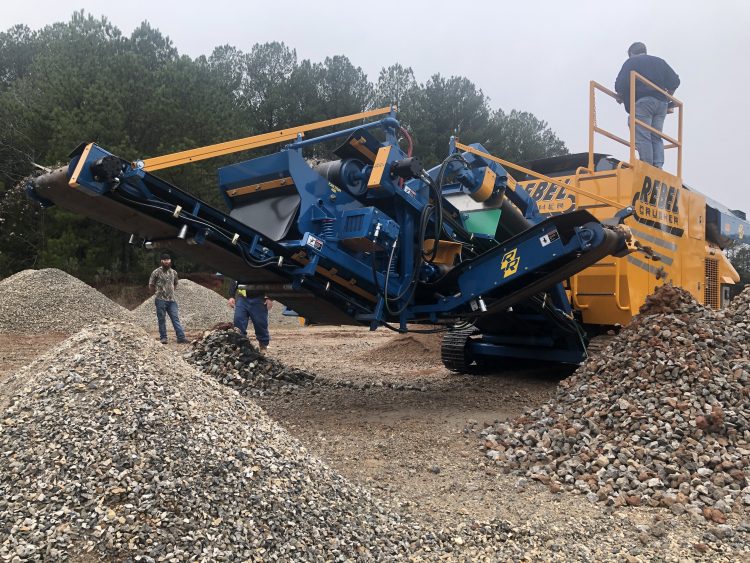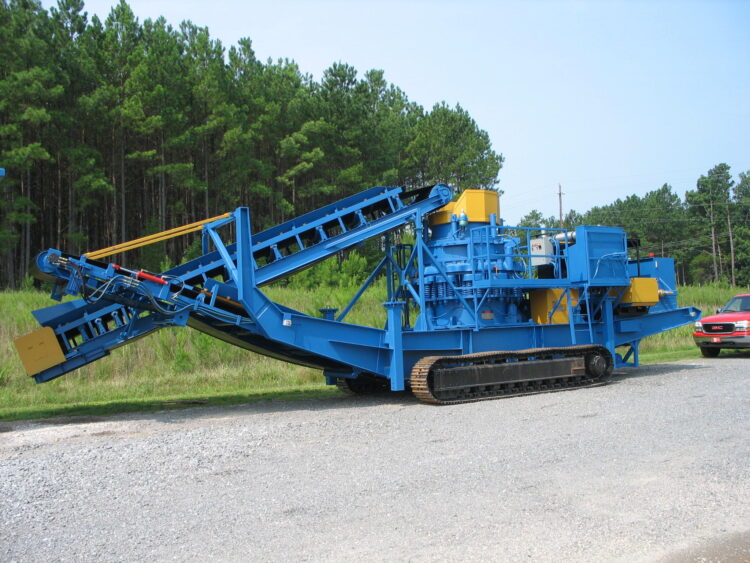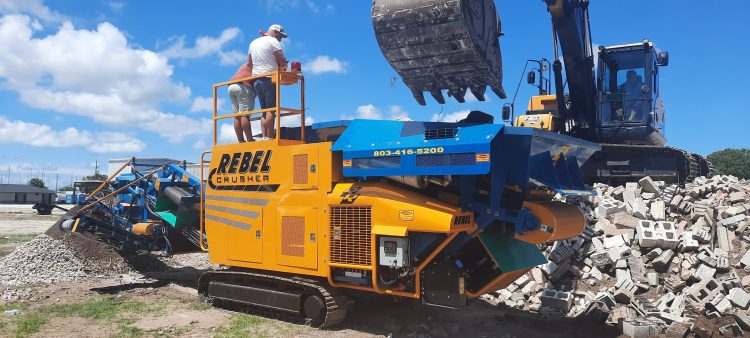Concrete reinforced with rebar stands as a backbone of modern construction. Bridges, foundations, and highways wouldn’t be nearly as strong or long-lasting without this combination of steel and stone. Still, there comes a time when even the toughest structures need to come down. That’s where crushing concrete with rebar becomes an important process.
This guide walks you through why crushing concrete with rebar is different, the challenges you’ll face, and exactly how to do it safely. You’ll get expert machinery recommendations, practical troubleshooting, and essential safety tips. Everything you need for successful demolition and recycling, no matter if you’re a contractor or a determined DIY-er.
Why Crush Concrete with Rebar?
Contractors, property owners, and municipalities crush reinforced concrete for three main reasons.
- First, demolition generates huge volumes of debris, and crushed concrete is easier to haul and sort.
- Second, crushing concrete with rebar allows you to reclaim valuable steel and aggregate for reuse, slashing landfill costs, transport costs and supporting sustainability.
- Finally, recycling concrete with embedded rebar can earn LEED credits for green building projects and can sometimes even pull in recycling rebates.
Challenges of Crushing Concrete with Rebar
While standard concrete can be ground down with brute force, the addition of steel complicates everything. Tangled rebar can be more problematic by contributing to more feed issues as well as jam concerns due to tangling or blocking feed inlets. The steel mesh or rods woven through most concrete slabs may require additional preparation with primitive tools such as hydraulic hammers or crunchers prior to introducing chunks into a mobile crusher.
There is a balance of preparation that allows for proper sizing to ensure the feed material is sized to fit into the feed opening of the mobile crusher. For example, one wouldn’t expect to fit 12-foot-long pipe into a mobile crusher. Knocking the feed size down to approximately 2- 3 feet will ensure smooth feed and minimal feed issues. Choosing a balance between crusher inlet feed openings and the amount of preparation effort will ensure proper results and smooth operation.
Common Risks and Hazards
Operating a clean and efficient jobsite will reduce potential hazards. In most cases, there is no need for human interaction when processing waste material such as concrete. There are numerous automated systems and tools that ensure no person will be at risk. Injuries can be 100% avoided when the proper procedures are followed and the appropriate equipment is selected.
There should be no exceptions and no tolerance for cutting corners when injuries could result. Handled properly, waste material can be processed and reused while not risking injury to anyone.
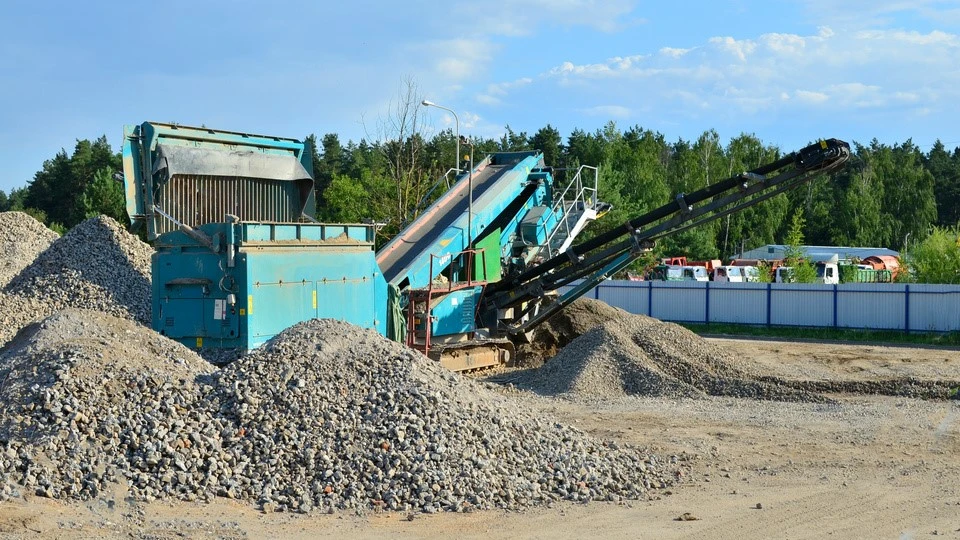
Best Tools and Equipment for Crushing Concrete with Rebar
Hydraulic Crushers and Pulverizers
Modern concrete crushers deliver enormous crushing power, breaking apart concrete and exposing the tangled wire and/or rebar inside. Many professional crushers operate at forces well above 2,000 PSI, which is enough to snap through thick slabs in minutes. These machines often feature rebar-separating jaws and automatic debris screens.
Jackhammers and Concrete Breakers
For smaller projects or tight spaces, electric or pneumatic jackhammers do the trick. They chip away at edges and corners and are less likely to get stuck on steel. For truly confined spaces, handheld breakers paired with compact rebar cutters can separate material without the need for large machinery. Again, following the manufacturer’s safety and operation guidelines ensures success without bodily injury.
Specialized Rebar Cutters and Shears
Rather than wrestling with crowbars or reciprocating saws, most professionals reach for rebar shears or bolt cutters. These come in both handheld models (for jobs up to about 1″ rebar) and heavy-duty hydraulic versions that mount to machinery.
Specialized heavy duty excavator attachments, for example, can not only simplify processes, but increase efficiency through speed and production capability.
Selecting the appropriate attachment can produce dividends and further refine the final product by ensuring wire and rebar are successfully separated from concrete.
How to Crush Concrete with Rebar: Step-by-Step Instructions
Step 1: Prep the Work Area
This is a partial list of suggested methodologies:
- Clear the site of any loose debris, vehicles, and bystanders.
- Set up dust barriers or ventilation if working indoors.
- Inspect for power lines and underground utilities before starting.
Step 2: Remove Loose Debris and Surface Material
Sweep away rocks, dirt, and anything that might clog up your crusher. This ensures you’re starting with a stable, predictable surface—and prevents costly clogs later
Step 3: Break the Concrete
- Start at corners or visible cracks for easier penetration.
- Use a conrete crusher or a jackhammer, depending on slab thickness.
- Work slowly in sections, rather than smashing everything at once.
Step 4: Isolating and Handling Rebar
- Once you reveal rebar, pause and cut tangled strands with a rebar cutter or shear.
- Organize removed steel for recycling as you go. Avoid letting it pile up and be sure to keep clear of waste wire, steel or rebar to avoid injury.
Pro Tip: Professional crushers like the Rebel Crusher from R.R. Equipment can crush concrete, isolate materials and separate rebar all in one process.
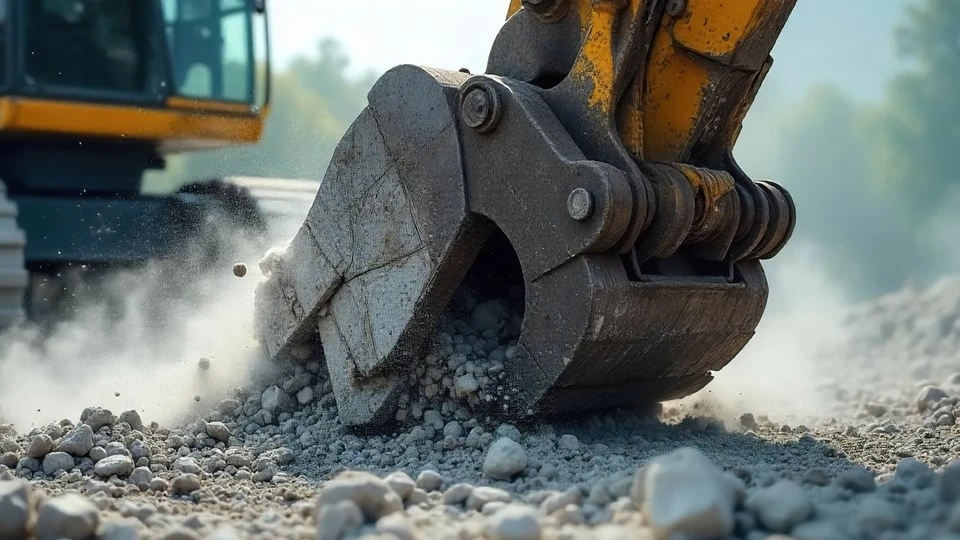
Common Questions about Crushing Concrete with Rebar
Can you crush concrete with rebar still inside?
Yes. Modern crushers like the Rebel Crusher are built to handle concrete with rebar intact. It can crush and separate steel at the same time providing the feed material has been sized properly prior to introducing it into the hopper of the Rebel Crusher.
What are the environmental benefits of recycling concrete and rebar?
Recycling slashes waste sent to landfills and reduces demand for raw materials. Both steel and concrete can be processed and used in new buildings and roads.
There is no reason to send any material that can be recycled to a landfill. In addition to being environmentally beneficial, Recyling concrete can be profitable.
How do I choose between a specialized cruncher attachment and a jackhammer?
Pick based on project size: jackhammers excel at small-scale or interior jobs, while specialized cruncher attachments dominate medium to larger commercial sites.
In addition, attachments do not require any human to operate them ensuring there is no risk of injury.
Are there disposal requirements for concrete with rebar in my area?
Most regions require you to sort and recycle both concrete and steel. Check with your local waste authority for up-to-date guidelines and recycling centers.
Many landfills will not accept concrete with rebar or wire embedded in it. Another reason to consider recycling and separating concrete with wire and rebar is to be allowed to take the clean concrete to a landfill or reuse it onsite.
Expert Tips for Successful Concrete Crushing with Rebar
Working around rebar-intensive demolition doesn’t need to be intimidating. Select tools with enough muscle for your slab’s thickness and steel mesh. Prep your workspace, gear up with the right PPE, and go at the right pace.
As discussed earlier, there is a balance of preparation with attachments and specialty rebar cutting tools and the appropriate mobile crusher. One might say that 20% preparation and 80% processing through a mobile crusher makes sense. There are many factors to consider, so consulting with an expert is suggested.
If you have questions or you need to upgrade your machinery, be sure to check out our Rebel Crusher. It’s one of the best concrete crushers on the market today.
